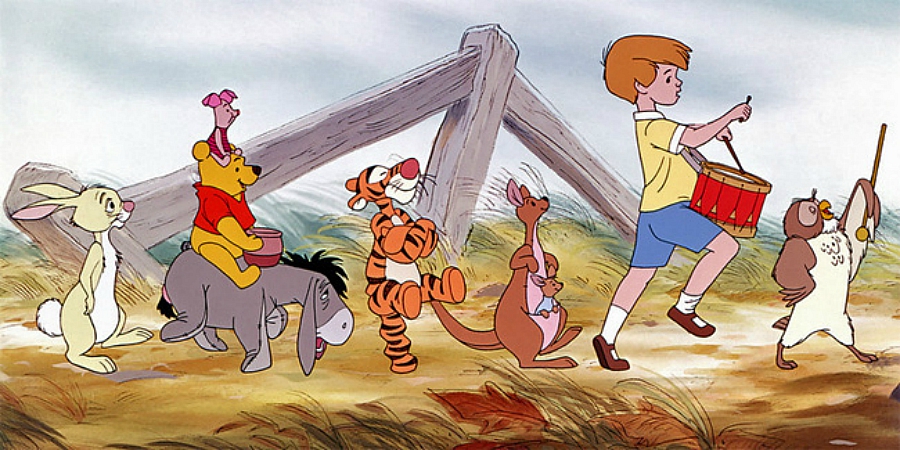

100 Women Britannica celebrates the centennial of the Nineteenth Amendment, highlighting suffragists and history-making politicians.COVID-19 Portal While this global health crisis continues to evolve, it can be useful to look to past pandemics to better understand how to respond today.Student Portal Britannica is the ultimate student resource for key school subjects like history, government, literature, and more.This Time in History In these videos, find out what happened this month (or any month!) in history.#WTFact Videos In #WTFact Britannica shares some of the most bizarre facts we can find.

Demystified Videos In Demystified, Britannica has all the answers to your burning questions.Britannica Classics Check out these retro videos from Encyclopedia Britannica’s archives.Britannica Explains In these videos, Britannica explains a variety of topics and answers frequently asked questions.– Hoff wrote a follow-up book, “The Te of Piglet,” which explores Taoism through the supporting character of Piglet. – Many schools have used “The Tao of Pooh” as a textbook or required reading for philosophy courses. – The book has become incredibly popular since its initial publication in 1982 ,and it has been translated into more than 20 languages. The main character is Winnie-The-Pooh whose simplicity,is used as tool for explaining principles related with Taosim. “The Tao Of Pooh” by Benjamin Hoff describes how Winnie-The-Pooh stories demonstrate various aspects related with Taoism like acceptance,taking things lightly etc. By using classic children’s literature as a lens through which to view complex ideas, Benjamin Hoff creates an approachable introduction to Taoist thought that anyone can appreciate. Overall, “The Tao of Pooh” is a thoughtful exploration of how ancient philosophy can be applied to modern life in unexpected ways. Each chapter uses examples from both Winnie-the-Pooh stories as well as real life situations to illustrate these principles. He argues that this is embodied by Pooh himself, who exemplifies these qualities through his love for honey and his tendency to approach problems in straightforward ways.įrom there, Hoff delves into other important concepts like Wu Wei (the art of doing nothing), Yin-Yang (the balance between opposites), and Tz’u (compassion). Hoff begins by explaining the concept of “The Uncarved Block,” or Pu, which refers to a state of simple innocence and naturalness. The book is divided into ten chapters, each focusing on a different aspect of Taoism. Hoff explores the idea that the simple, innocent nature of Pooh and his friends in the Hundred Acre Wood embodies many key aspects of Taoist philosophy, including acceptance, simplicity, and living in harmony with nature. “The Tao of Pooh” by Benjamin Hoff is a philosophical book that uses the characters and stories of Winnie-the-Pooh to explain the principles of Taoism.


 0 kommentar(er)
0 kommentar(er)
